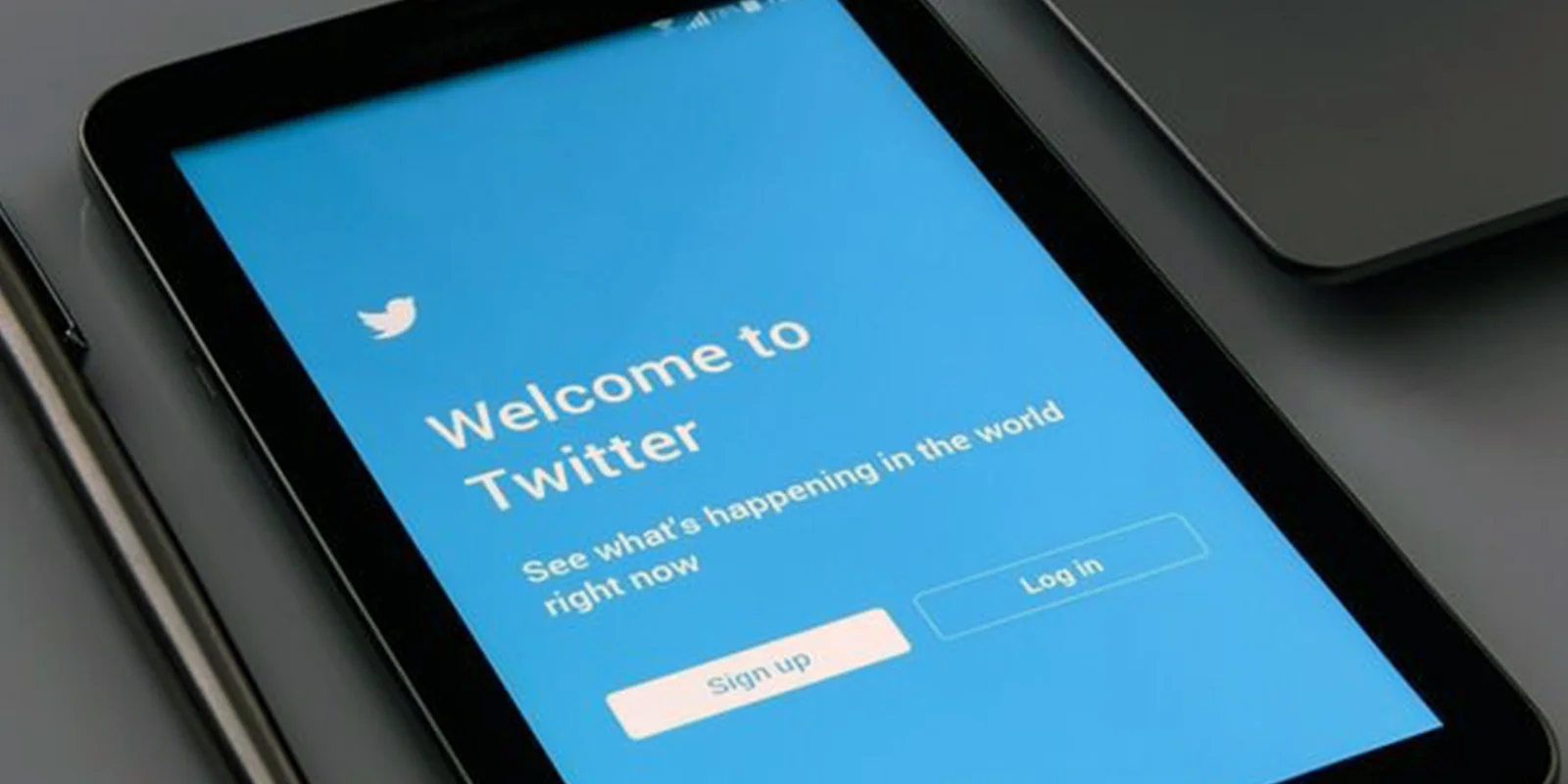
Is Twitter Crumbling? 5 Key Tips for Advocacy Orgs
On October 27, Elon Musk became the owner and CEO of Twitter, implementing sweeping and haphazard changes that alarmed advocates, investors, and the broader public. Amidst layoffs and resignations, including the gutting of safety and privacy teams, in recent days tech analysts and former Twitter engineers have warned that there could be a Twitter blackout coming down the line.
For those who rely on Twitter as a tool for public engagement, this period of uncertainty poses a slate of challenges.
While ReThink Media is not, at present, advising partners to abandon Twitter, we do have a few key recommendations to keep your data safe and to prepare for a possible Twitter blackout:
-
Download all of your data from both your personal and organizational accounts so it doesn’t get lost. You put this in as a request to Twitter, so we recommend you do this soon, as it may take a few days for it to be available for download. Click here for advice on how to export your Twitter lists.
-
Twitter’s service that delivers SMS-based 2 Factor Authentication (2FA) codes is reportedly broken. If you have this set up, do not log out of Twitter or you will not be able to get back in. If you are still logged in, we recommend changing your password to something very secure and changing your 2FA method to an authenticator app like Authy.
-
If you have any apps or sites you log into connected to your Twitter account, we recommend changing that now. Go to Settings -> Security and Account Access -> Connected accounts. You may also want to revoke permissions for connected apps, as this is another data vulnerability spot.
-
Pin a tweet, or add a note to your profile telling your followers where to find you (website / email / substack / Mastodon / other social media).
-
We don’t know yet whether Mastodon will be an appropriate place to move operations to, as there are particular digital security and moderation concerns specific to the platform design. We do know that many journalists are opening accounts there in case Twitter does go down and we are monitoring the space and its evolution over time. For those interested in exploring Mastodon, you can use instances.social to find a Mastodon server (also known as an “instance”) to join. A couple of helpful guides for understanding and using Mastodon can be found on TechCrunch and GitHub.
Recently, Musk told a Delaware judge he is planning to “reduce [his] time at Twitter and find somebody else to run Twitter over time.” The situation at Twitter may eventually stabilize once new management settles in, but in the meantime, we expect this period of turmoil to continue for the foreseeable future. We hope these tips will help you feel more prepared in the days ahead.



